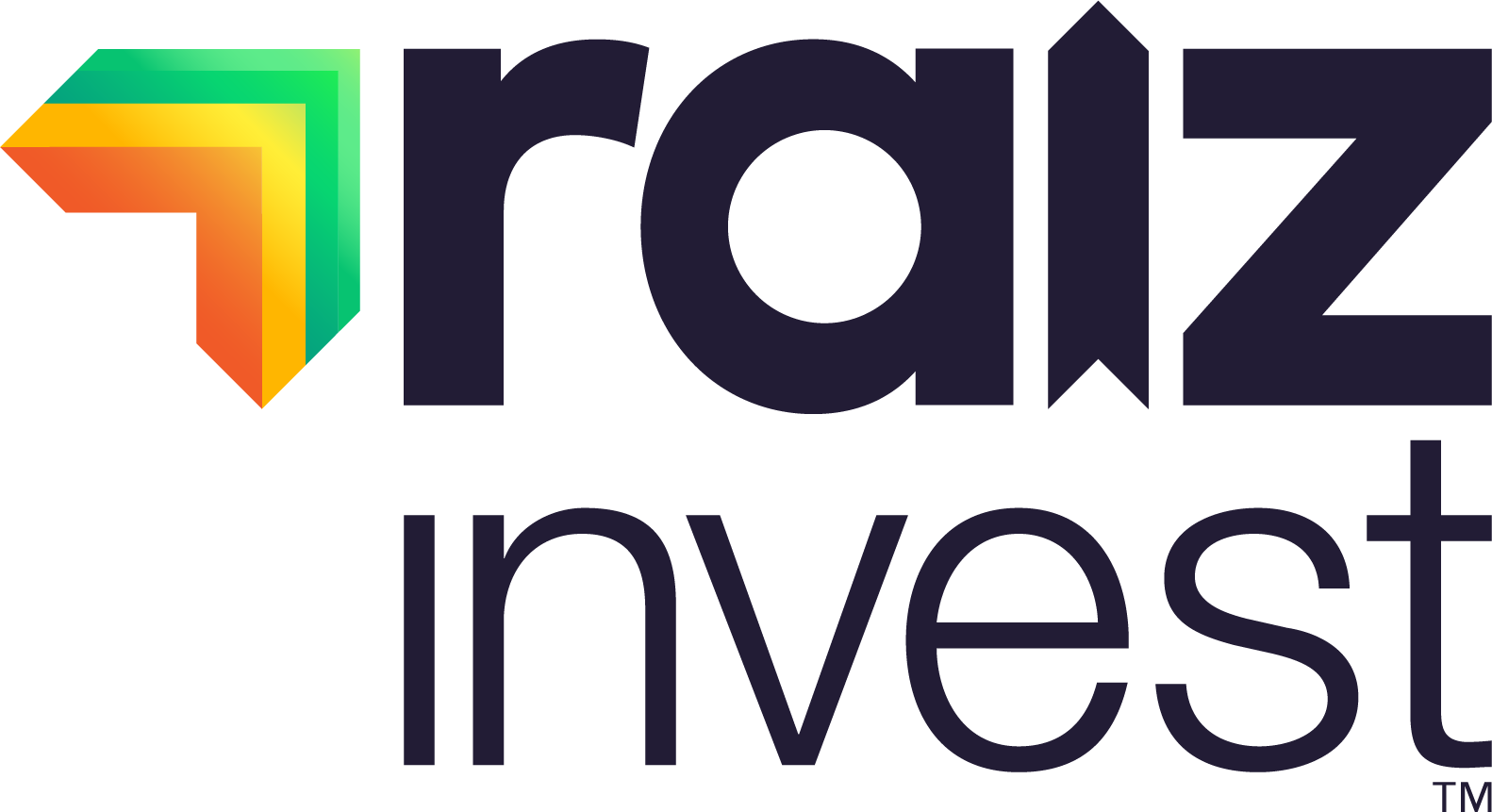The name’s Bond. QE Bond.

We know that bonds tend not to have the suave or sexiness of equities and crypto. They are just boring interest rate products, right? Well, bonds wield far more influence on global markets than you may realise; they have been the main weapon used by Central Banks globally in 2020 and 2021 in fighting COVID’s impact on economies.
In the peak of the COVID crisis, when economies globally went into hard lockdowns for weeks and in some places even months, Central Banks raced to keep money moving through economies. The quick solution? Printing more money and use that money to purchase newly issued Government Bonds.
What does printing money do?
Central banks have been money printing to increase the flow of money through economies ever since the late 1970s. Often money printing is used to directly purchase new bonds, known as Quantitative Easing (QE), with the direct impact of being able to control the prevailing yield of these bonds. This is a bit technical, but if a Central Bank is using its function to be in an economy creating more bonds, and buying the existing supply of bonds, it has the effect of forcing bond prices higher, and lowering the effective interest rate each bond yields.
The RBA, ECB, Federal Reserve, the Central Banks of Australia, the EU, and the USA , all have active bond buying programs ongoing in mid-2021, where more and more money is flowing into these respective economies. Japan has been doing it for many years to manage its economy.
What effect does this bond buying have on economies?
With the continual supply of money and bonds in global economies, the cash rates have remained exceptionally low, near zero rates in many major economies, to the extent that this continues to force investors to choose if they want to put their money in bonds and bank accounts that yield very low interest rates, or invest in other assets like equities, commodities, real estate or crypto.
What may cause Central Banks to change their policies of money printing?
The “i” word. Inflation. Some economic theories predict that if there is too much money in an economy it will force prices of goods and services broadly higher, especially food and essential services like energy and utilities. In this case an economy can be said to be “running hot” with growth, and Central Banks will often raise interest rates to slow down the growth pace and maintain the relative affordability of an economy. However, since the GFC in 2008, the printing of money has not caused economies to run hot.
The conundrum
If inflation starts to appear in economies at the exact same time as these aggressive bond buying programs, a Central Bank is forced to make a decision. Does it slow or stop bond buying, which often has the effect of raising yield curves and interest rates within an economy, or does it keep buying bonds and hope the inflation disappears? This is the precise crossroads the Global Central Banks have reached.
Inflation is rising in Australia, and even in the US. The NZ Central Bank is already talking about an interest rate rise in 2022, and the US Fed Reserve is now starting to consider the possibility that the Bond buying program will eventually get scaled back. This comes despite the US Fed describing recent inflationary reads as “transitory”, meaning they hope it will disappear without any intervention. But in the EU, the Central Bank suggests there is no inflation, and there was a sharp rise in Bund prices (German Bonds) in late May, which has the effect of lowering interest rates even further. Central banks seem to have learnt their lesson from the GFC, where they stopped bond buying too early, and they will now let an economy run hotter and longer before interest rates begin to rise.
What effect does this have on other assets, like equity ETFs, real estate and crypto?
These bond buying programs have caused a sharp increase in the prices of assets, such as equity ETFs, real estate and crypto. It has also meant that bond prices globally have remained elevated, supported by these programs. With no Central Bank in a position to be willing to switch off their programs, there are less catalysts to cause a sharp downward correction in equity prices. This is why despite bonds seeming like quite a boring asset class, they wield such a mighty influence on the asset prices in our economy.
Don’t have the Raiz App?
Download it for free in the App store or the Webapp below:

Important Information
If you have read all or any part of our email, website, or communication then you need to know that this is factual information and general advice only. This means it does not consider any person’s particular financial objectives, financial situation, or financial needs. If you are an investor, you should consult a licensed adviser before acting on any information to fully understand the benefits and risk associated with the product. This is your call but that is what you should do.
You may be surprised to learn that RAIZ Invest Australia Limited (ABN 26 604 402 815) (Raiz), an authorised representative AFSL 434776 prepared this information.
We are not allowed, and have not prepared this information to offer financial product advice or a recommendation in relation to any investments or securities. If we did give you personal advice, which we did not, then the use of the Raiz App would be a lot more expensive than the current pricing – sorry but true. You therefore should not rely on this information to make investment decisions, because it was not about you for once, and unfortunately, we cannot advise you on who or what you can rely on – again sorry.
A Product Disclosure Statement (PDS) for Raiz Invest and/or Raiz Invest Super is available on the Raiz Invest website and App. A person must read and consider the PDS before deciding whether, or not, to acquire and/or continue to hold interests in the financial product. We know and ASIC research shows that you probably won’t, but we want you to, and we encourage you to read the PDS so you know exactly what the product does, its risks and costs. If you don’t read the PDS, it’s a bit like flying blind. Probably not a good idea.
The risks and fees for investing are fully set out in the PDS and include the risks that would ordinarily apply to investing. You should note, as illustrated by the global financial crisis of 2008, that sometimes not even professionals in the financial services sector understand the ordinary risks of investing – because by their nature many risks are unknown – but you still need to give it a go and try to understand the risks set out in the PDS.
Any returns shown or implied are not forecasts and are not reliable guides or predictors of future performance. Those of you who cannot afford financial advice may be considering ignoring this statement, but please don’t, it is so true.
Under no circumstance is the information to be used by, or presented to, a person for the purposes of deciding about investing in Raiz Invest or Raiz Invest Super.
This information may be based on assumptions or market conditions which change without notice and have not been independently verified. Basically, this says nothing stays the same for long in financial markets (or even in life for that matter) and we are sorry. We try, but we can’t promise that the information is accurate, or stays accurate.
Any opinions or information expressed are subject to change without notice; that’s just the way we roll.
The bundll and superbundll products are provided by FlexiCards Australia Pty Ltd ABN 31 099 651 877 Australian credit licence number 247415. Bundll, snooze and superbundll are trademarks of Flexirent Capital Pty Ltd, a subsidiary of FlexiGroup Limited. Lots of names, which basically you aren’t allowed to reproduce without their permission and we need to include here.
Mastercard is a registered trademark and the circles design is a trademark of Mastercard International Incorporated.
Home loans are subject to approval from the lending institution and Raiz Home Ownership makes no warranties as to the success of an application until all relevant information has been provided.
Raiz Home Ownership Pty Ltd (ABN 14 645 876 937), an Australian Credit Representative number 528594 under Australian Credit Licence number 387025. Raiz Home Ownership Pty Ltd is 100% owned by Raiz Invest Australia Limited (ABN 26 604 402 815).



